Peeling is a magnificent solution for problematic, prone to acne or skin pigmentation. Among all species, glycolic peeling is considered the most gentle and safe.
Content
- Types of glycol peeling
- Who recommended chemical peeling with glycolic acid?
- Contraindications for glycol peeling
- Features of the glycol peeling procedure
- Preparation for the glycolic peeling procedure
- Stages of glycol peeling
- Rehabilitation after the glycolic peeling procedure
- Complications after the glycolic peeling procedure
- Glycolic peeling - photo before and after
- Glycolic peeling. Video
The desire of a woman to look better naturally and understandable. From the beginning of existence to this day, every representative of the weaker sex tries to emphasize her strengths and beauty as it seems true to her. That is why observing the photo after glycol peeling so many girls and women decides to go through this procedure. Of course, the presence of taste, knowledge and understanding of fashion, style, beauty contribute to improving the appearance. But along with clothes and cosmetics, the radiance of clean and healthy skin plays an important role, which is simply impossible to achieve without a balanced diet and special cosmetic procedures. Of particular popularity were the services aimed at improving the skin turgor, aligning the relief and getting rid of all kinds of skin defects. Drainage, massage and, of course, peeling. It is piling that is the crown of cosmetic procedures, because its price is affordable, the effectiveness is high, and the age group is from 18 to 80 years! This is a real panacea for those who want their skin to be smooth and delicate.
Types of glycol peeling
There are quite a lot of different types of peeling. Cleaning and grinding of a face can be carried out in a variety of ways, therefore, peels are divided by the substance used, as well as by the mechanics of execution. In addition, all of them are divided into two main types: superficial and middle. There is also a deep peeling, but it is carried out exclusively in a hospital under the guidance of a dermatologist. This procedure is more surgical than cosmetic.
- Traditional helium peeling for home.
A cleansing agent, which includes dense and small grains - is an excellent option for deep cleansing the skin, removing dead cells. The structure of such funds is usually gel-like, they can be used all year round 1-2 times a week on the face and the whole body.
- Chemical facial peeling.
The composition of such peels traditionally includes special substances that affect the structure of the skin. This is a very extensive group of peeling, including types such as acidic, peptide, retinoic, almond.
- Physical peels.
The action of physical peeling is radically different in terms of influence. The skin here is processed mechanically by exposure to it. This is a kind of grinding. The most popular are laser, diamond, ultrasound peeling.
The most popular category is the chemical grinding of the skin, namely - hydroxyetanic acid peeling. In order to understand what peeling is glycolic acid, it is necessary to figure out what kind of acid it is and what is the principle of its action.
Hydroxixic acid (it is also glycolic or hydroxyetane) - an organic compound that affects the skin. The reaction will be the stronger, the higher the acid percentage is used. However, despite the fact that the procedure is based on acid, glycolic peeling is a gentle and superficial procedure, quite common and effective in cosmetology. The action is directed to the upper layer of the epithelium - exfoliating of dead cells, aligning the relief due to the fact that the skin becomes thinner - the thickness of the stratum corneum decreases. In addition, thanks to the rush of blood and local reaction, a layer of a living epidermis is compacted - that is, a new skin is actively formed, devoid of flaws and defects. In addition, peeling is an effective procedure for cleansing and general tone. The quality and result depends on the type of peeling and the degree of exposure. The most popular are the three main types: glycolic peeling 70%, 50%and 10%.
Glycolic peeling 70% (Middle)
Glycolic peeling with an acid concentration of up to 70% refers to aggressive species. pH at the same time less than 2.8. This procedure is best carried out in specialized cosmetic clinics and salons, under the careful supervision of a specialist. The fact is that, unlike less aggressive peels, this option is powerful and greatly affects the skin, penetrating into the deep layer and creating a kind of “burn” on the surface. In addition, it should be remembered that the reaction from the procedure lasts a long time, and therefore, it is best to secure a few days off or vacation. Since immediately after the procedure, the surface of the face of a pronounced bright red color, and later a crust and peeling appear. It is very important not to remove the formation and give the process to the restoration and regeneration of the skin to occur independently and completely.
With this effect, the acid penetrates deeper, provoking proliferative activity (increased division of epidermis cells - basal keratinocytes of the stratumer tower and fibroblasts of the dermis).
Glycolic peeling 50%-surface-sum
Peels, which include 30 to 50% acid belong to surface-median procedures. As well as median, they require the proper approach and literacy of a specialist. If the procedure passes through the protocol, then as a result of you will be waiting for what should occur after the median peeling - pain on the skin, the formation of brown crust, hyperemia, peeling and as a result - a complete renewal of the upper layer of the epithelium and leveling the relief.
Glycolic peeling 10% - superficial
The easiest option is glycolic peeling with 10% acid. The procedure with such a low concentration of a substance can be performed even at home. This species is optimal for those who plan to simply refresh and tighten the skin. This procedure will make the face fresh, healthy, it is also possible to remove hyperpigmentation and traces of acne. However, surface peeling is not able to remove wrinkles or deep scars. There are complex protocols consisting of several drugs, which are used in a certain sequence, there are also special masks for one -time use. The best effect is achieved precisely from the full procedure on the protocol.
Who recommended chemical peeling with glycolic acid?
Without a doubt, any representative of the weaker sex wants to be not only fragile and tender, but also beautiful. It is for this that there is a peeling procedure. But do not forget that various skin grinders are designed to solve different problems. So, glycole is the most gentle option, it is designed to combat small skin problems. Like all options for surface procedures, it will be effective in a number of tasks:
- Hyperpigmentation.
If the pigmentation of the skin is caused by pregnancy, the reaction in the sun and is not associated with a systemic disease, then surface peeling will easily remove this defect.
- Problem skin.
The procedure is also perfect for those who are fighting the consequences of acne: post -acne, gum, bugrous and uneven surface of the skin.
- Striya.
The beneficial effect of peeling can also be observed with fresh and not deep stretch marks.
- The first signs of aging.
In case of age -related changes, in case of first wrinkles and looseness of the skin, peeling can have a proper effect and serve as an incentive for the regeneration and elasticity of the skin.
- Bold skin, seborrhea.
With oily skin and expanded pores, glycolic peeling also has a beneficial effect, updating the skin, returning her dullness, elasticity, making the pores not noticeable.
- A preventive measure.
You can also carry out the procedure in order to generally improve and improve the skin. Superficial peeling conducted by a competent specialist will never harm you.
- Surgery.
And finally, grinding can serve as a preparatory stage for more serious procedures - plastic, laser surgery, mechanical grinding).
Glycolic face peeling is an effective tool that will certainly leave a pleasant impression of the result and the desire to repeat the procedure yet. But in order for everything to go exactly as it should be, you must adhere to a number of rules aimed at protecting the skin and a person as a whole.
Contraindications for glycol peeling
All contraindications for the procedure are divided into two types: absolute contraindications and recommendations.
Absolute contraindications to glycol peeling
- The presence of allergies to acid or one of the components of the complex. It is important to reliably know the reaction of the body and conduct allergic tests in advance.
- Open wounds and the presence of inflammatory processes on the surface of the skin.
- Increased photosensitivity.
- Warts, neoplasms.
- Systemic (chronic) complex and serious diseases.
- Fresh (1-3 days) Epilation or eyebrow correction.
- Lactation and period of pregnancy.
- Solar activity (staying under the influence of ultraviolet rays).
- Stage of exacerbation in herpetic infection (herpes).
Recommendations for limiting glycol peeling
- Glycolic peeling should not be done in the spring, when the sun becomes more active.
- With caution, you should approach the procedure for those who use the means containing retinol - they enhance the effect of acid.
- Cautiously, you need to approach the grinding procedure for representatives of the Mongoloid and Negroid race - glycolic acid can cause the formation of the transition line, as well as hyperpigmentation.
Following these not difficult rules, one can expect a positive result and aesthetic pleasure from the procedure.
Features of the glycol peeling procedure
Chemical peeling with glycolic acid is carried out both independently and under the supervision of a specialist. However, the best option is to trust the competent doctor in order to avoid negative consequences: a burn due to improper distribution, injury due to the level of acid.
Usually, the procedure is carried out in the autumn-winter period-it is at this time that solar activity is as low as possible, and this is additional protection against pigmentation. But despite this, even in winter, after peeling, you should apply a cream with the highest possible SPF protection to the skin. The final number of procedures, as well as the concentration of acid in peeling, is determined by a specialist based on skin testing. In addition, you need to be prepared for the fact that glycoly peeling is carried out without anesthesia. The procedure is quite painful, however, tolerant. This is done so that you can monitor the patient's condition and the skin reaction to acid.
Preparation for the glycolic peeling procedure
If you decide to make a peeling, and your cosmetologist agrees with this idea, then you need to conduct preliminary preparation. This will make peeling more effective, and the skin is ready for such stress.
So, it is necessary to care for 12-14 days with acid-containing drugs (5-10%) whose pH is from 3 to 5 in the range. Such a care adapts the skin to acid, levens the level of pH and will have a common beneficial effect on the upper layer of epithelium .
For oily, combined and problematic skin, aged agents are used for the first week once a day, the second - twice a day (morning and evening). For dry skin - only once a day. For a normal type, you can try twice, but look as a state if there is excess dryness - return to one time.
Glycolic peeling at home can also be carried out, the steps of preparation are similar to salon, however, without a specialist, it is very difficult to achieve the same effect. In addition, in specialized clinics and salons, you can count on a local test. This procedure consists in applying a small amount of the drug to the skin in the elbow bend. If your specialist ignores testing, look for another. The fact is that glycolic peeling, although considered superficial and sparing, but with allergies, can cause a powerful and strongest skin reaction. The testing procedure is similar to classic peeling: funds are applied to the skin, after a certain time interval they are washed off. If there is no skin reaction during the day, then most likely you have no allergies. Signs of allergies: burning, redness, swelling, itching.
Stages of glycol peeling
- The first stage: Demakery.
Even if you visit the cosmetic cabinet completely removing decorative cosmetics and care products from your face, the doctor must still conduct this procedure. Thus, he removes not only your make -up, but also fat, dust, dirt, which accumulated on the skin along the path of following the doctor. This procedure is carried out by cleansing tonics.
- The second stage: degreasing.
Glycolic acid cannot penetrate the fats. Therefore, it is very important to degrease the skin and especially the mouth of the sebaceous ducts. Getting rid of sebum is carried out by a degreasing lotion.
- Third stage: application of active substance.
During glycol peeling, acid is applied to the skin using a cotton sponge or a special brush. In order to reduce pain, as already written, they do not use painkillers, however, very often practice the use of cold air baths. The air flow is directed to the skin, thereby reducing pain from the procedure. The substance is distributed evenly along the skin, without pressure and friction. For superficial peeling, the level of pH is medium. The deeper the peeling, the lower the level pH. In addition, the concentration of acid also varies from 10 to 70%.
- Four stage: neutralization.
After the allotted time interval, the active substance must be removed from the skin and neutralized. Various means are used for this procedure (depending on which brand of cosmetics your doctor prefers) the level of pH is the same for all such means. It can only be either weak or alkaline. After neutralization, the skin must be thoroughly washed with physiological solution. This will protect the epithelium from drying out and will restore the water balance. It is worth remembering that isotonic (physiological) solution performs only one function-allows you to preserve the water-salt balance in the skin. He does not provide protection against ultraviolet rays.
- Stage Fifth: Nutrition and Sedding.
In order for the skin to recover faster, and also fall into a calm state, a special masks and nutrient creams are used after the procedure. This stage is extremely important - after all, it is thanks to the final procedures that the skin is not injured and peeling transfers easier and without negative consequences. In the finale, the skin is covered with powder or cream with SPF at least 30.
The number of procedures for each person is individual. Sometimes 3-5 sessions are enough for the visible result. But traditionally, in order to see the pronounced effect, it takes 7-10 procedures with an interval of 1-2 weeks between each session. Exact intervals are set by a specialist.
Based on the foregoing, it becomes clear why homemade glycolic peeling is a dangerous and not always effective procedure that is better to do under the supervision of a competent specialist. But recovery and rehabilitation is a completely home procedure, which in no case can not be ignored.
Rehabilitation after the glycolic peeling procedure
For a complete skin regeneration, it is necessary for at least 7 days, and some more. All kinds of advertising statements that peeling is now completely safe, and the recovery period between sessions can be reduced - this is nothing more than a trick that is devoid of truth. The first 3-5 days it is recommended to avoid sunlight and go outside only under the influence of sunscreen. If you ignore this advice, you can get even greater problems than the initial ones - the pigmentation of the skin of various intensity and severity. Almost all manufacturers have their own skin care line after glycol peeling, you will only need to agree with the specialist the most suitable funds to you.
5-7 days after the procedure, you can return to the usual care products.
Complications after the glycolic peeling procedure
Despite the fact that mostly reviews on glycolic peeling are positive, there are also negative factors that should definitely be familiar with.
- Burn.
If the specialist incorrectly selected concentration or erroneously set the exposure time, then burns of the first or second degree may occur. At the first symptoms, you should urgently rinse the skin with a large amount of water and grease with cream against the burn, and then immediately visit the doctor.
- Allergy.
If you ignored allergic samples, hoping for "maybe", an unpleasant surprise - an allergic reaction may wait for you. It can be in the form of urticaria, Quincke's edema. In this case, it is urgent to visit a doctor and begin to use an antihistamine complex.
- Drying of the skin.
If the skin after glycol peeling is very dry, then you should use moisturizing agents and use thermal water or physiological solution as often as possible.
In general, judging by the popularity of the procedure and reviews, we can conclude that grinding of the skin in this way is an effective and effective method of combating the imperfections of the epithelium. In addition to the opinions of people, various comparative pictures also serve as a visual demonstration of the effect.
Glycolic peeling - photo before and after
Glycolic peeling. Video



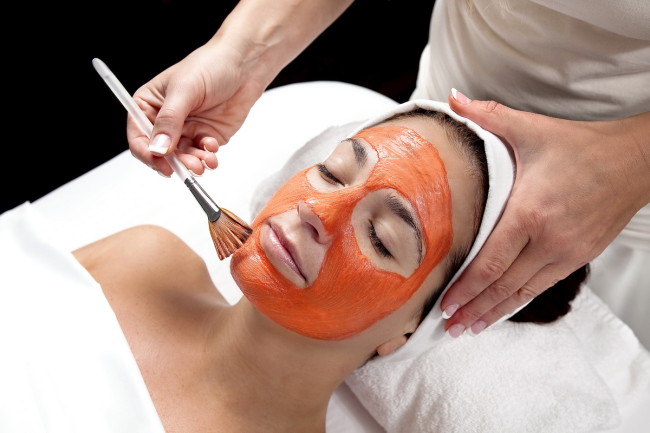
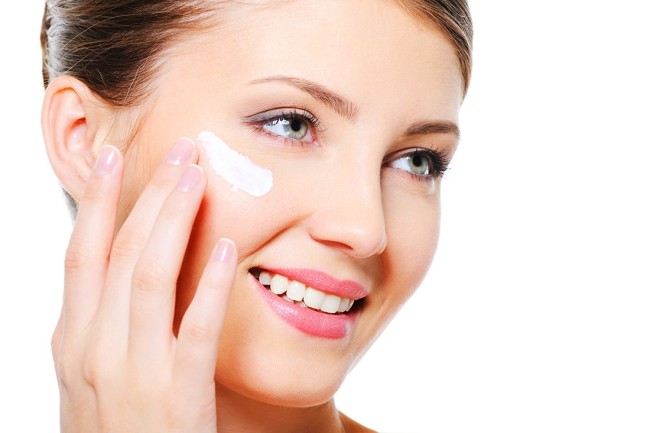
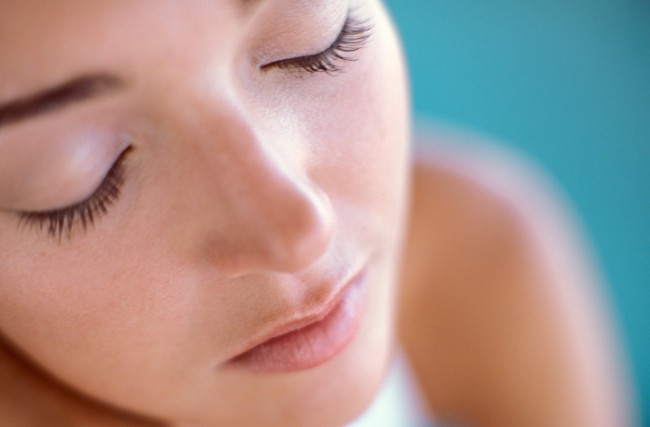
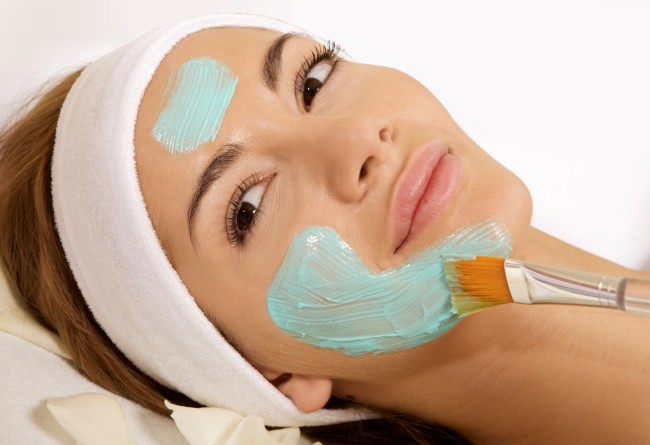
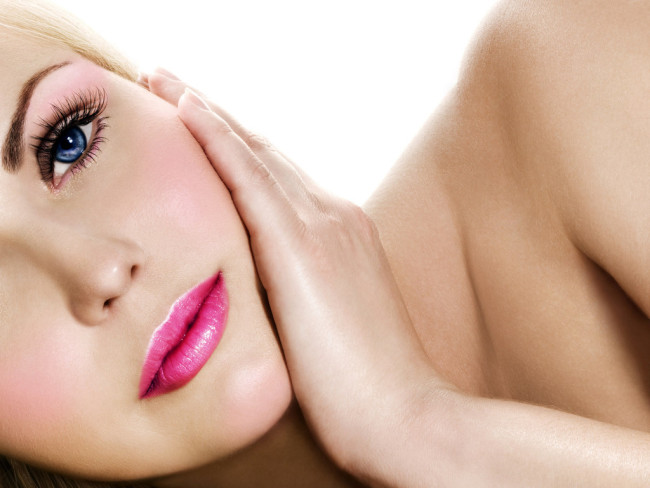
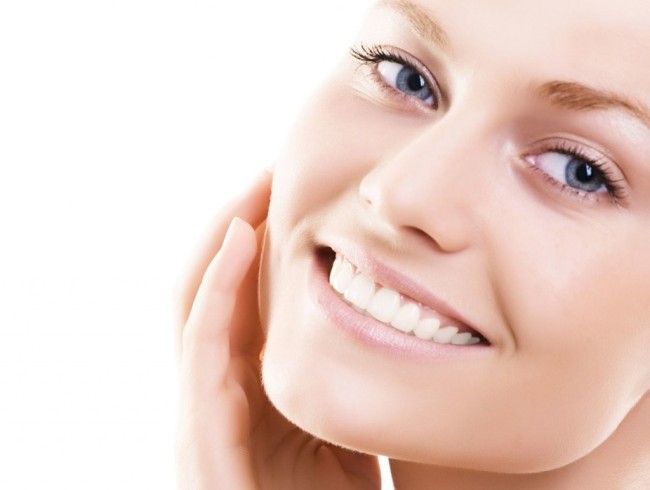

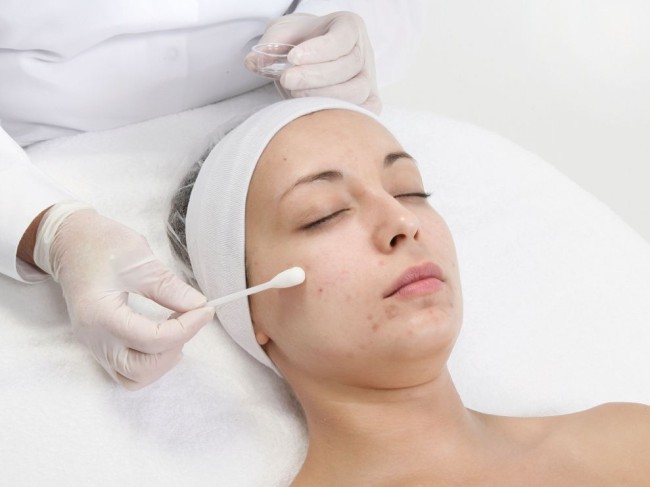
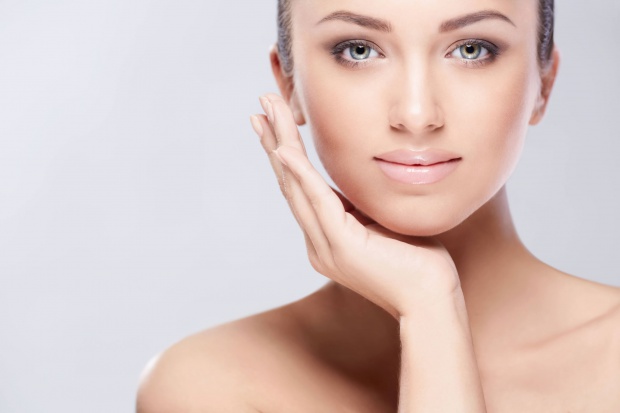

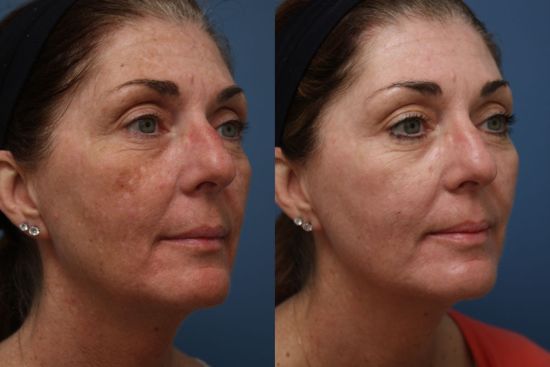
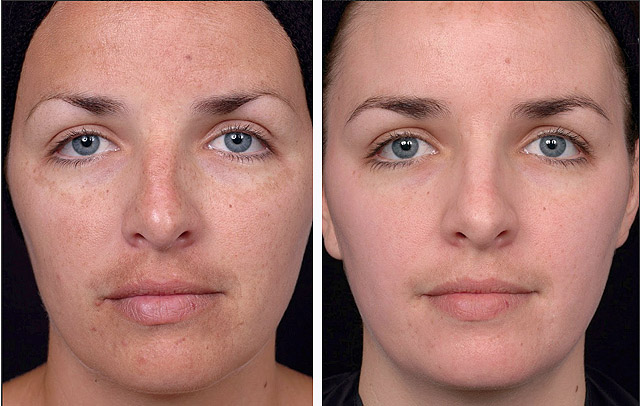
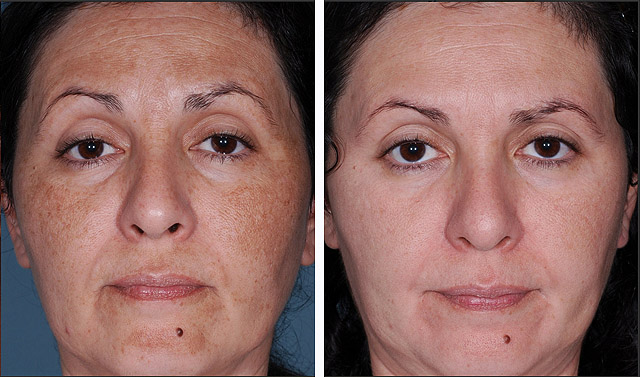







Comments
a couple of years ago, there was no side of metrogils from the same problem, there were no side effects ...
I’m not a fan of peeling at all, it saves from acne of metrogil, it also smoothes it ...
Great article! ...
I take the second course of the Capsules Climafite 911. The tides went very quickly. It became calmer, irritability went away and I sleep well ...
i also noticed - it is worth nervous, everything immediately affects the face. Therefore, I try to avoid conflicts and unpleasant people. Of the creams, I like Miaflow from wrinkles - smoothes not only small wrinkles ...